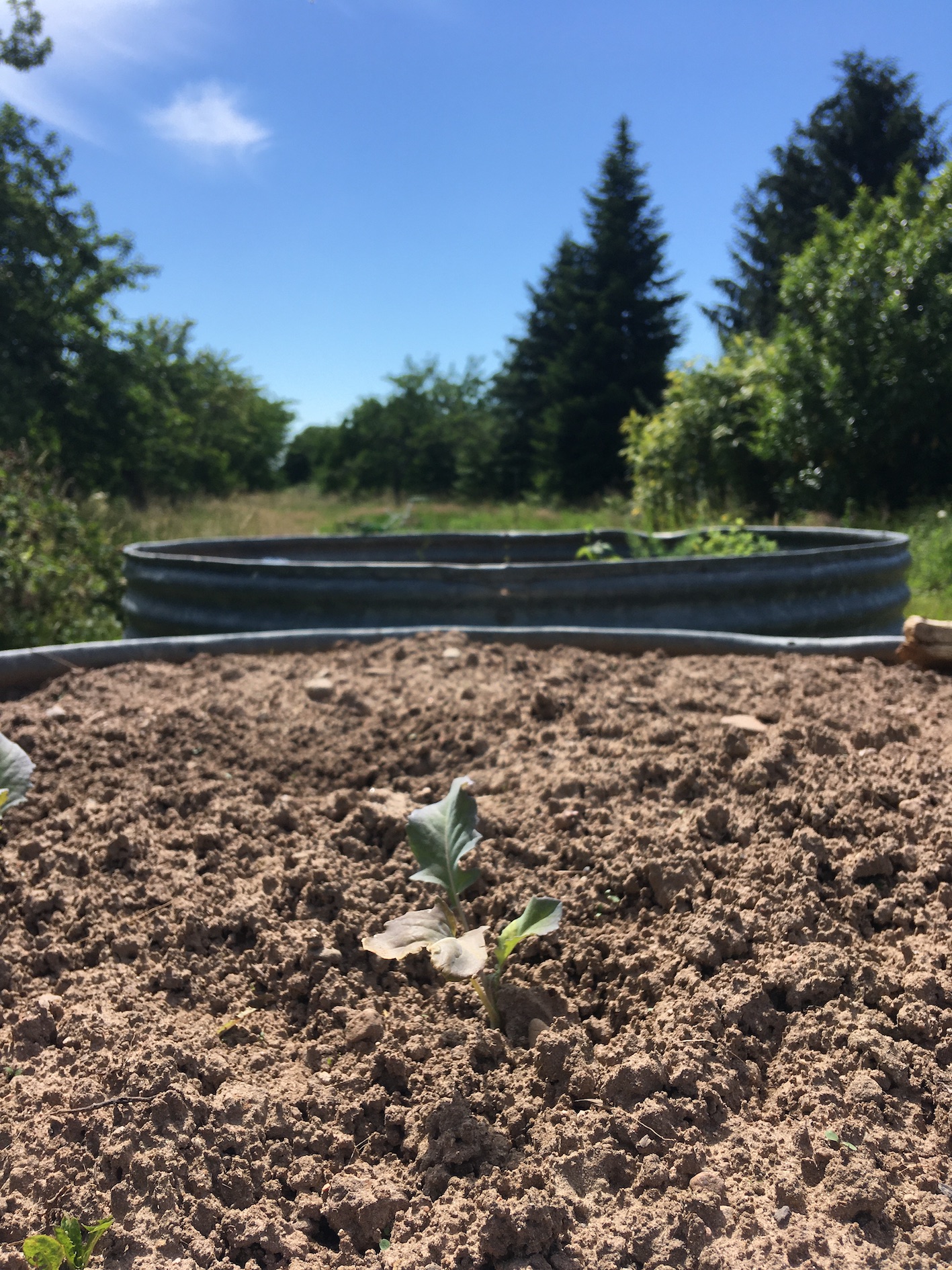How does the shown object point to a better world?
Here kohlrabi are planted in my parents’ garden, the raised bed is built from an old grain silo.
For me, this refers to several aspects of a utopian idea: On the one hand, the sustainable and creative handling of social changes — here the old grain silo, which still refers to fodder in former animal husbandry. On the other hand — and especially — the own production and the direct reference to food. These kohlrabi will neither have to make their way to the end consumer nor will they need an organic or regional label to prove their cultivation conditions. This direct reference to (not from!) the food or basically consumer goods of any kind, points for me to a better world.
This is how I imagine a better world:
There are many aspects that would occur to me for a better world.
In a better world, responsible and sustainable production comes first and before profit or (national) growth pressure. The individual and his or her moral burden as a consumer is not so much to consume in a sustainable and fair way, but the requirements of production conditions ensure this to a large extent.
Without a doubt, this also includes a fair remuneration of work and better working conditions. This also includes working conditions that enable the individual to combine work and family, work and care work, work and own vegetable cultivation, work and… to realize.
In a better world, increasing pluralism does not lead to racism and discrimination because we have learned better. The sexes are equal and origin does not determine our educational opportunities. The relevance of democracy and human rights is not abstract, but translated into everyday life.
In a better world, my life might not look so much different, but the conflicts I fight with myself would be different: The cheap tomatoes from Morocco or the expensive ones from the region? Going to the climate academy or working to advance my career? etc. …
This text was translated by machine. See original text.


